Jim Thorpe Museum
Inside the Oklahoma Sports Hall of Fame was the Jim Thorpe Museum. There wasn’t much by way of artifacts, mostly pictures and signboards telling the story of his life.
Jim was born in Indian Territory in Oklahoma in 1887. From 1904 to 1912 he attended the Carlisle Indian Industrial School Pennsylvania, where he began his athletic career.
He set many records while competing in track & field, football, baseball, and lacrosse, and he even won the Inter-Collegiate Ballroom Dancing Championship in 1912!
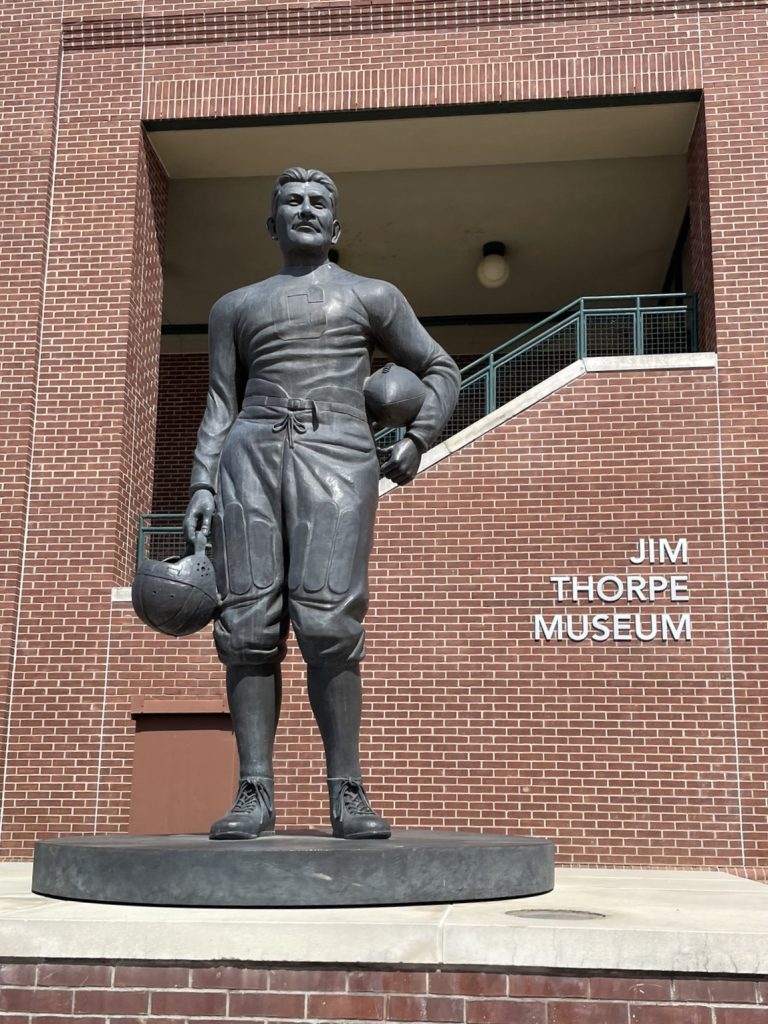
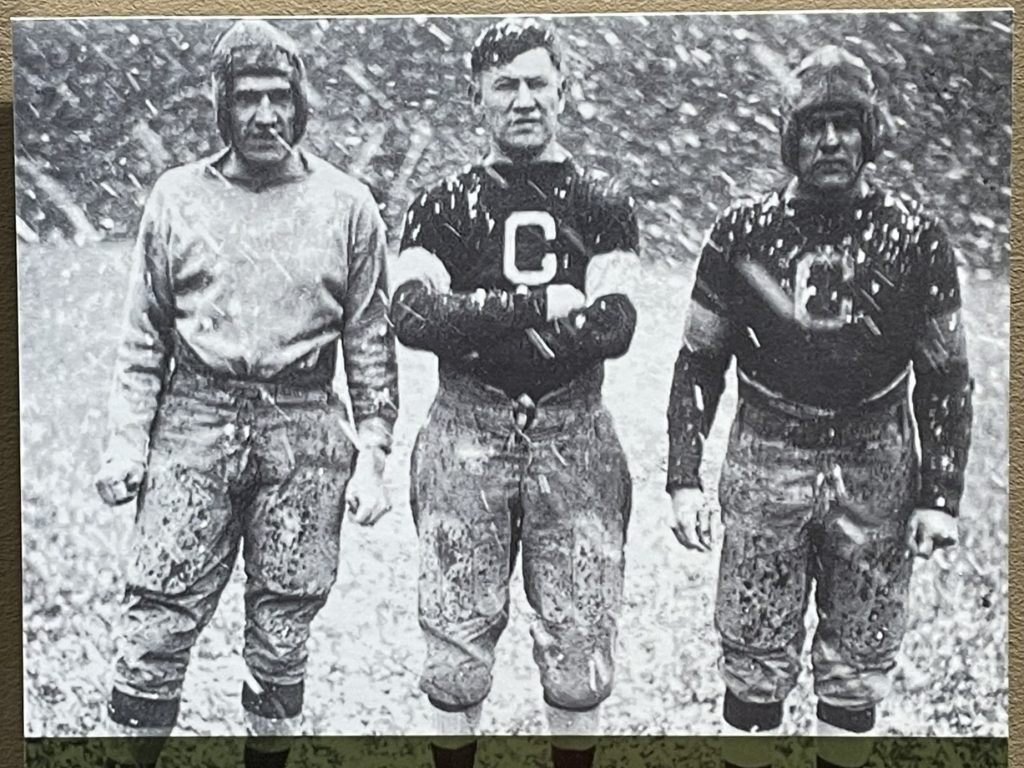
Jim participated in the 1912 Olympics, winning gold medals in the Pentathlon (with a score three times higher than the second-place finisher!) and Decathlon. However, it subsequently came to light that Jim had played professional baseball, and even though it was in an entirely different sport, it was enough to void his amateur status and he was stripped of his Olympic medals. It was not until 2022 that his medals were reinstated.
After the Olympics Jim played professional baseball for several years, followed by professional football. He retired from professional sports in 1928 when he was 42 years old.
Oklahoma Sports Hall of Fame
There were several rooms filled with recognition of Oklahoma athletes at the Oklahoma Sports Hall of Fame. It was mostly a lot of names that meant nothing to me.
Doug was excited to see a case for his favorite baseball player, Johnny Bench, who was a catcher for the Cincinnati Reds during their heyday from 1967 to 1983.
I, on the other hand, was quite taken by the display for Willis Gibson, who was just 13 years old when he became the first person to reach the “kill screen” in the Tetris video game on December 21, 2023. This is the kind of sporting event I can get behind.
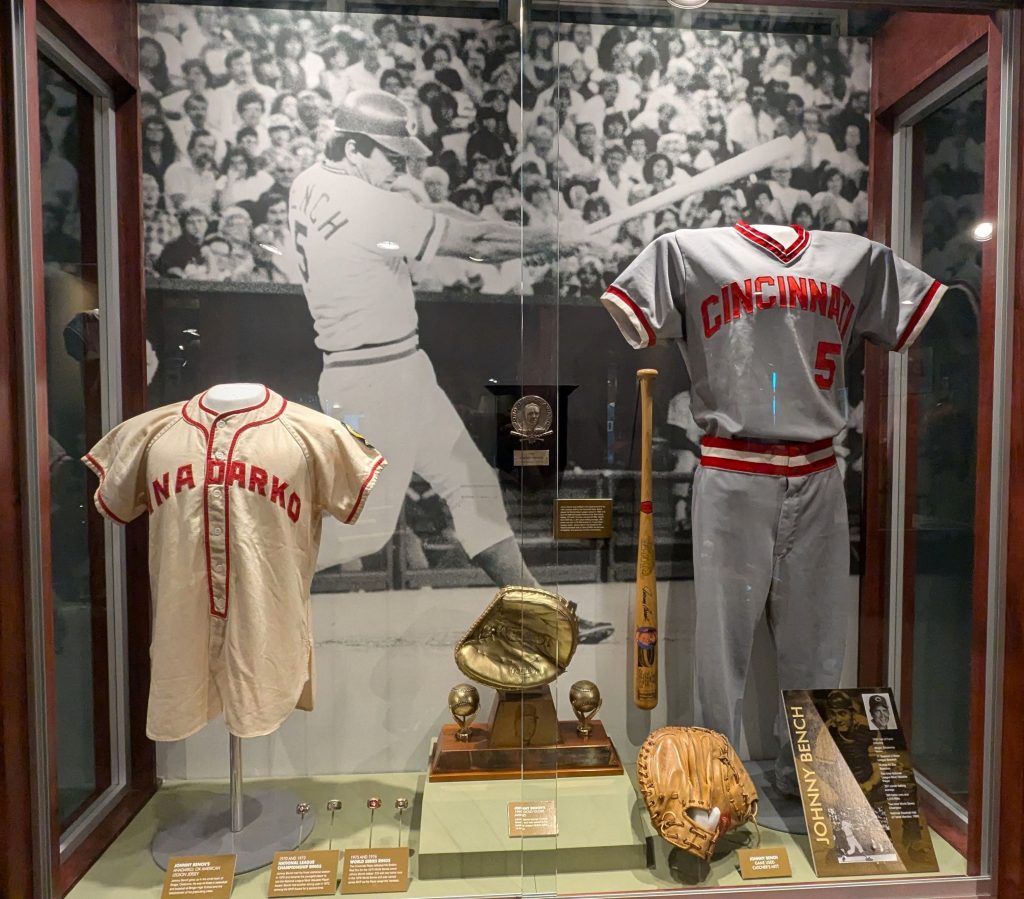
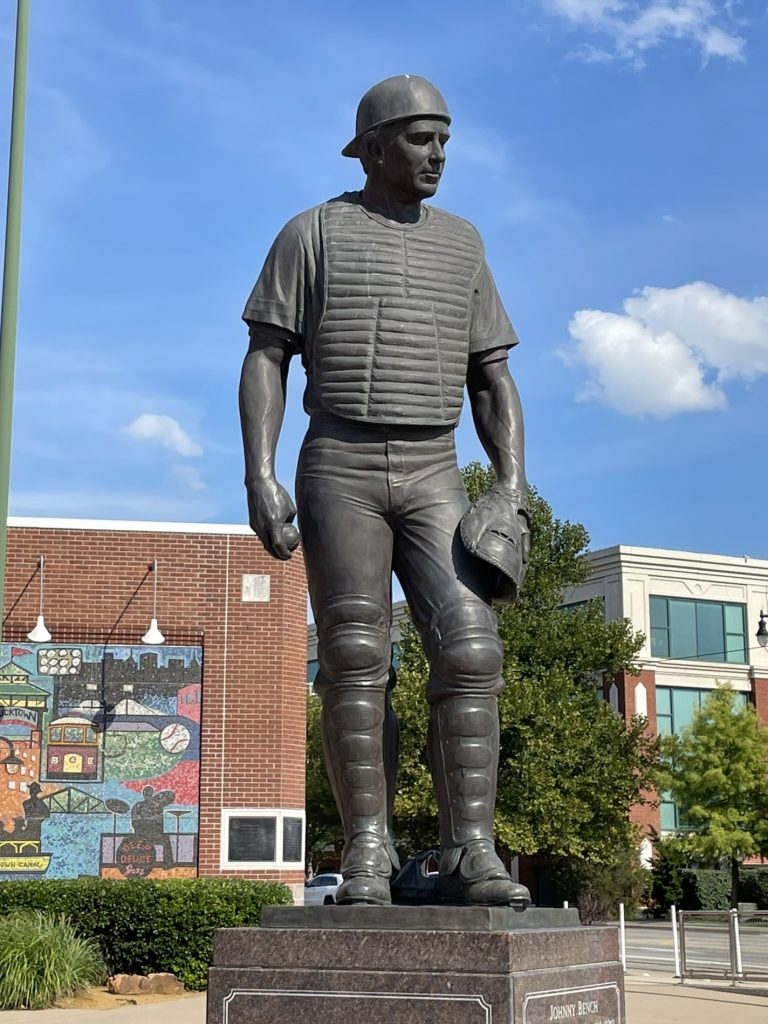
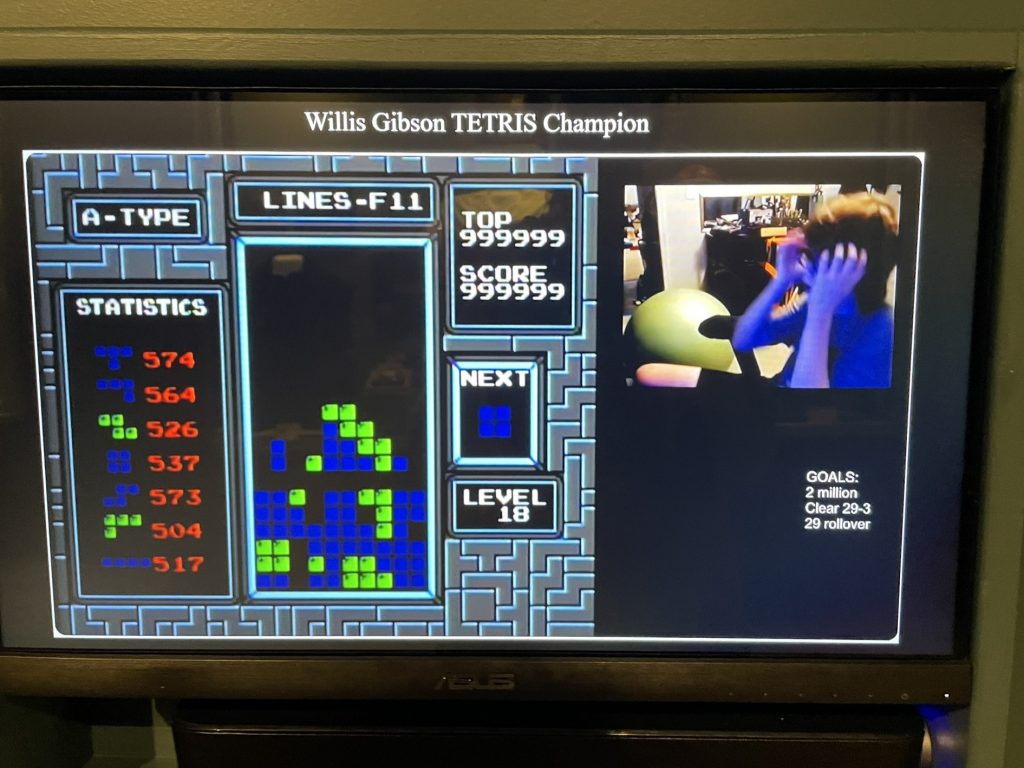
Not sure what this has to do with Oklahoma, but the video on how baseballs are made was interesting to see at the museum!
Oklahoma History Center
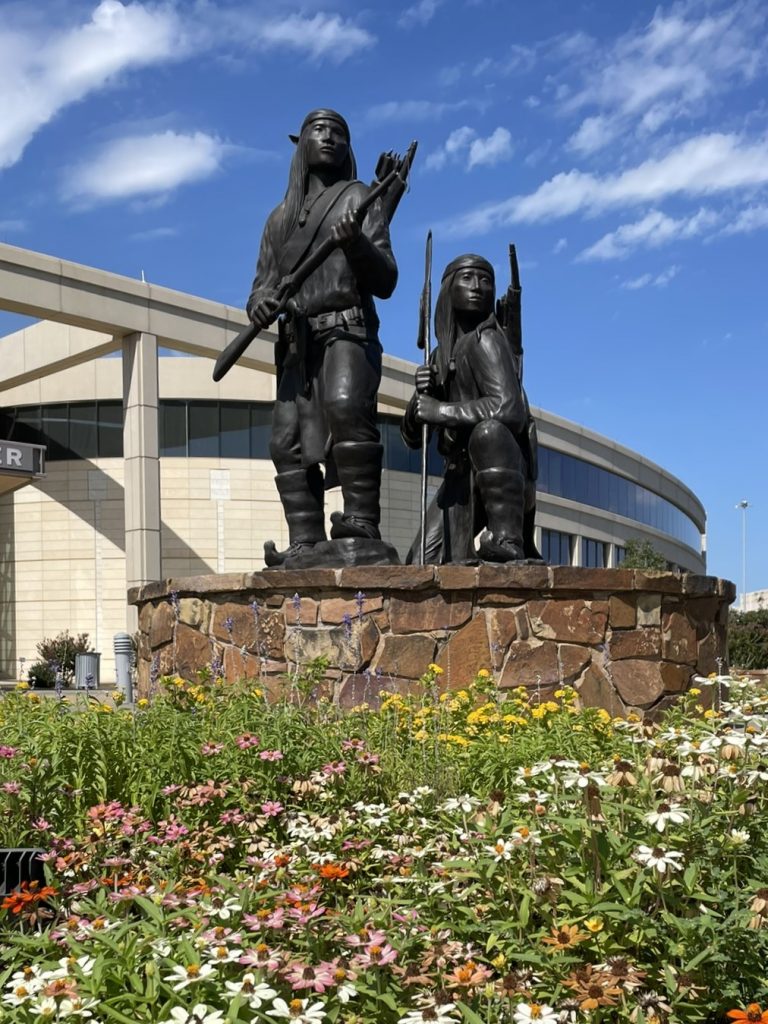
The Oklahoma History Center is one of those museums that make me feel bad – it’s clear someone poured their heart and soul into the exhibits, but it mostly did nothing for me.
It has several large galleries focusing on all aspects of Oklahoma, from farming to entertainment and Native Americans to the space program. Maybe it was just too much or I was too tired, but I was too little interested.
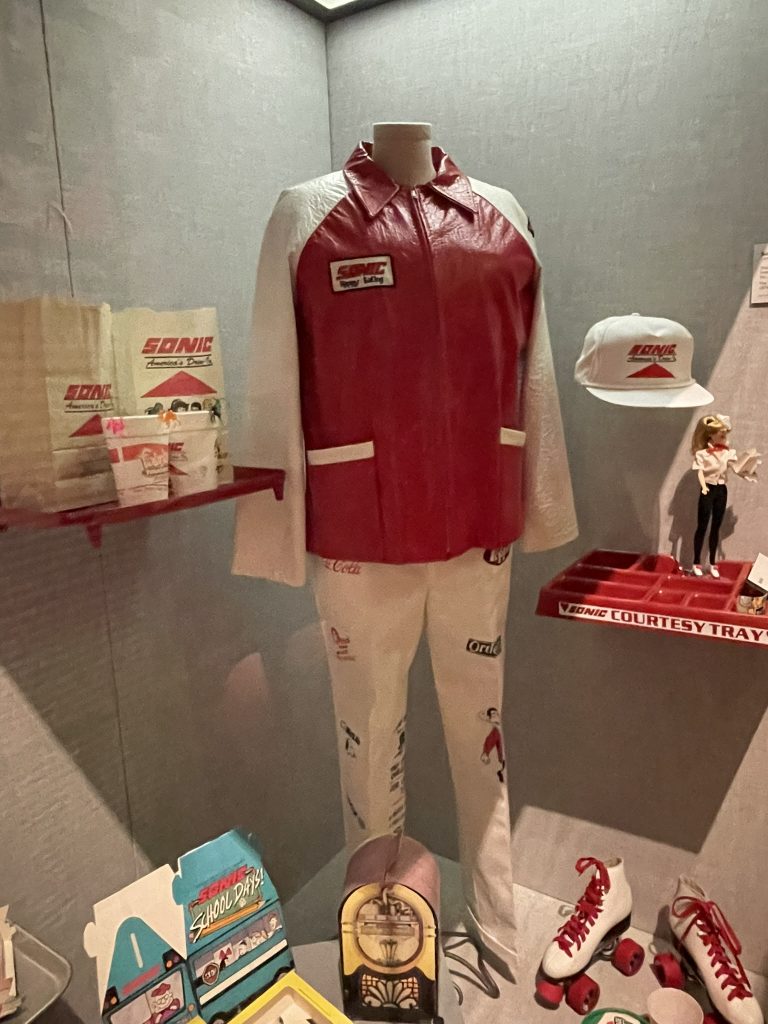
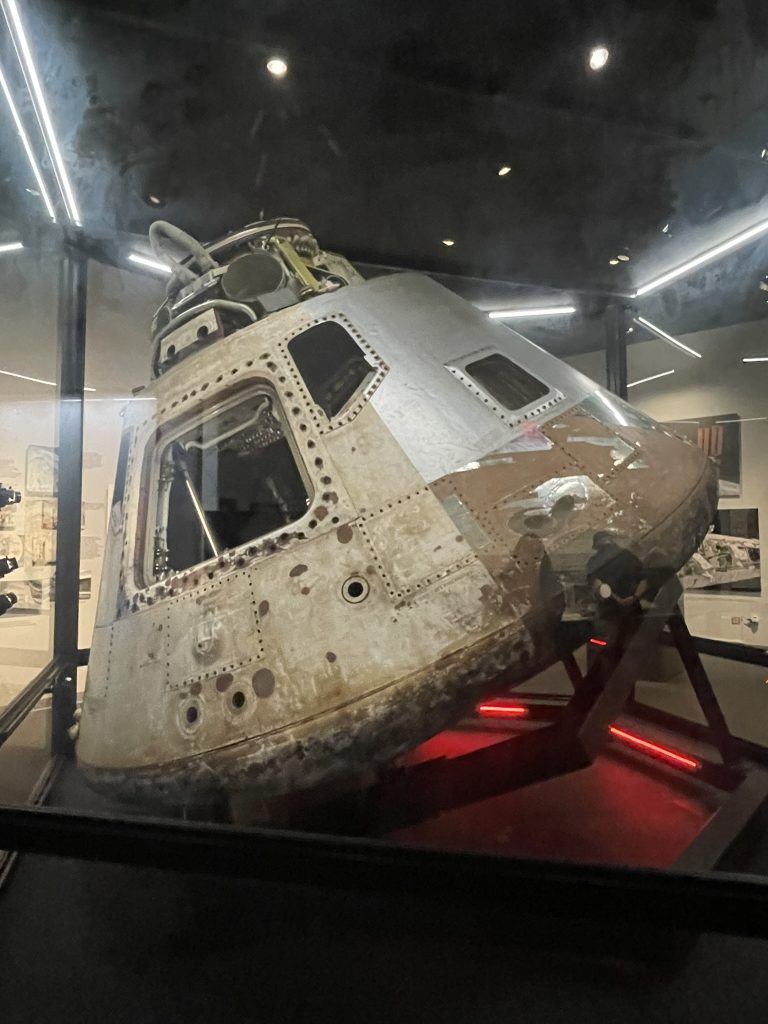
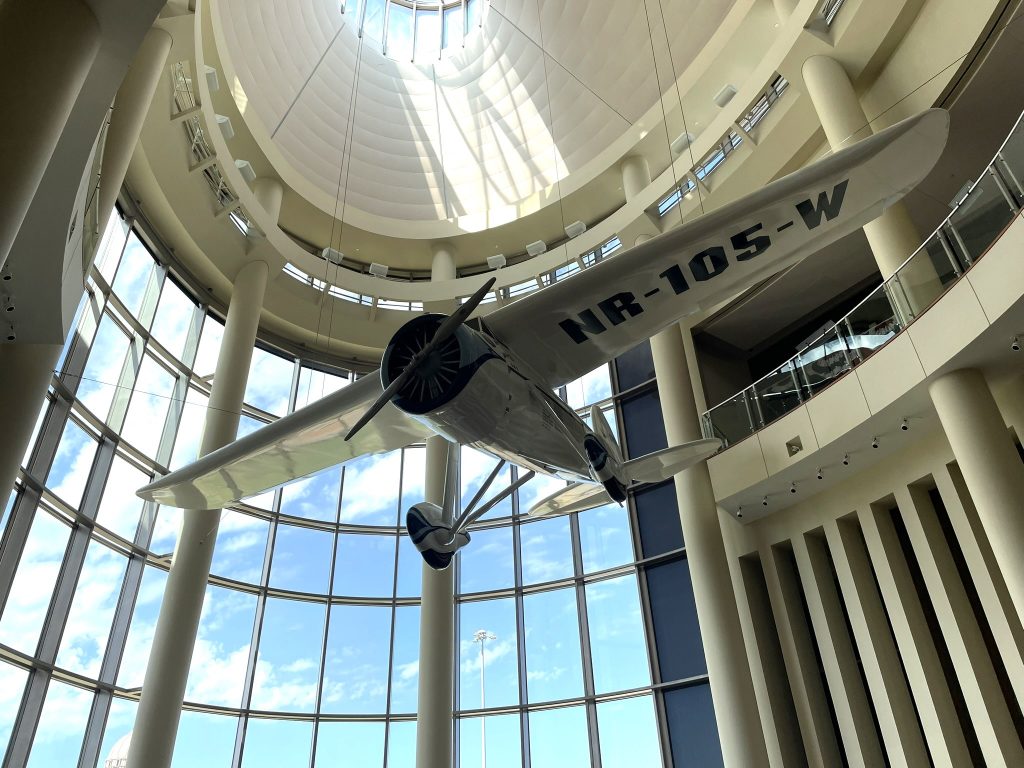
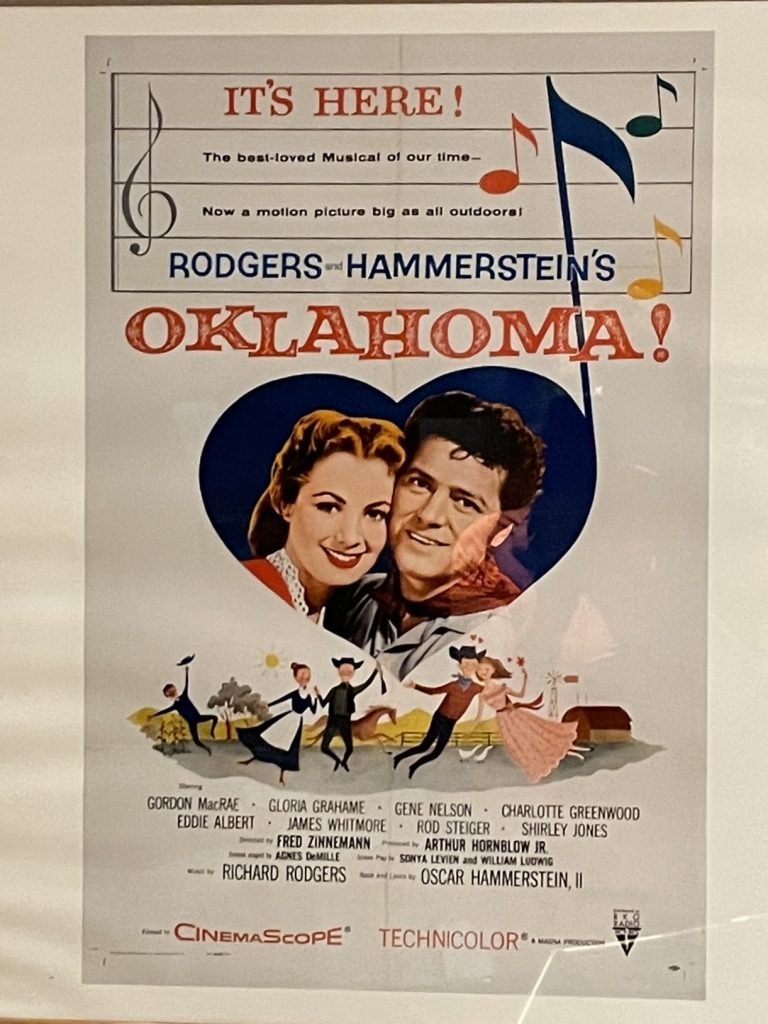
OKC Underground
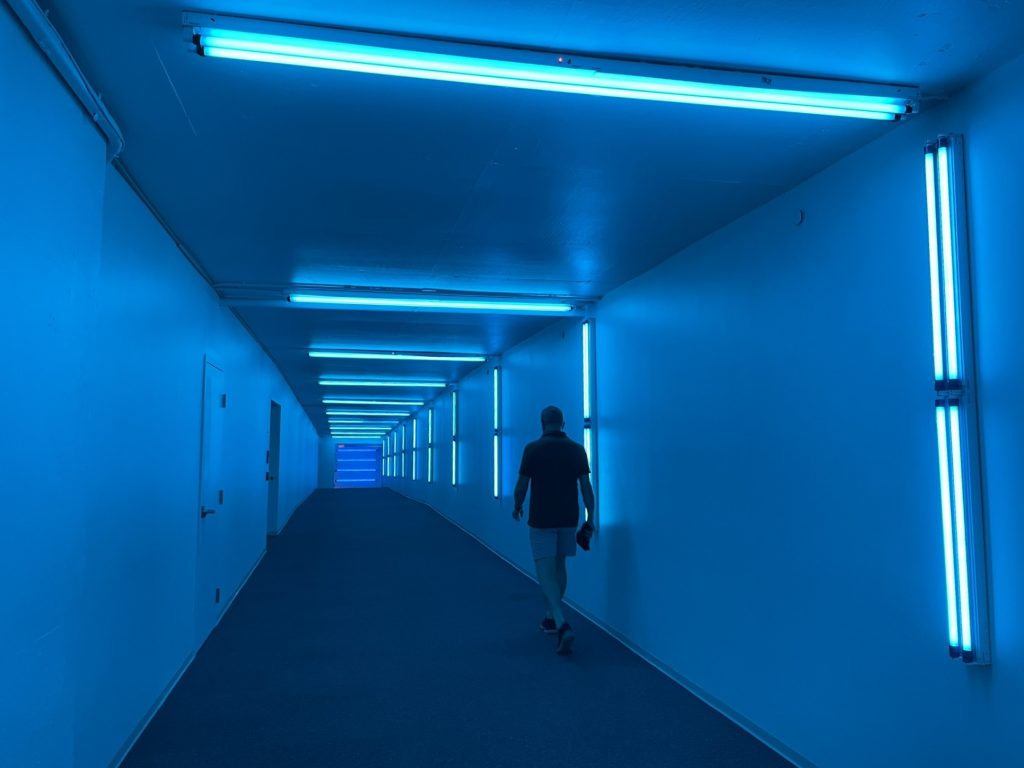
The Oklahoma City Underground is a series of pedestrian tunnels that connects businesses, hotels and venues. They originated back in the 1930s, though most were built in the early 1970s as part of the urban renewal designed by famed architect I.M. Pei. The system is about a mile long and covers 20 square blocks.
They were not quite as interesting as we were led to believe, as we were expecting art and history exhibits. These were few and underwhelming, and mostly the experience just felt creepy, as it is devoid of natural light with hardly a soul about.
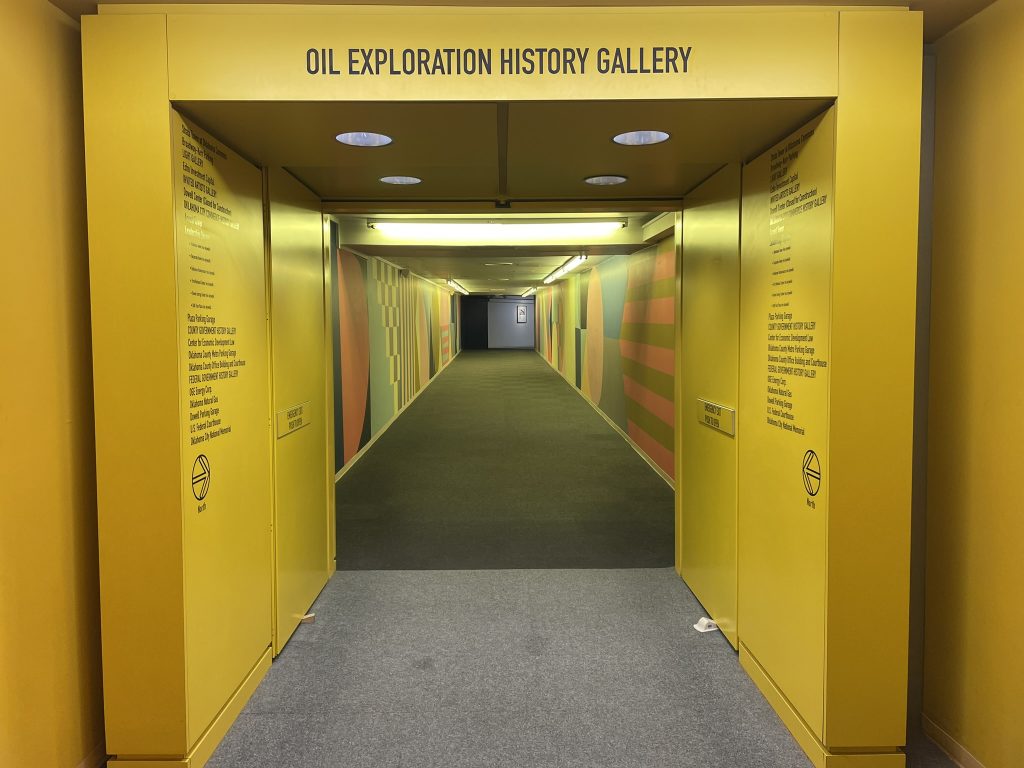
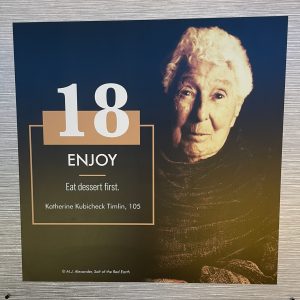
The American Pigeon Museum
Of course we went to the American Pigeon Museum, which documents the history of pigeons. The museum has a focus on their use as homing pigeons during World Wars I and II. There were a lot of paintings and pictures of pigeons, along with figurines. I had no idea that pigeons came in so many fancy varieties — I mean many looked like they were ready for a night on the town!
There is also an aviary, and while we were there a number of live pigeons were stacked in cages; unfortunately, the cage bars were so dense I couldn’t get any good pictures of them.
The museum’s origins date back to 1973 when the American Homing Pigeon Institute was founded in Witchita, Kansas. The museum in OKC followed 20 years later, originally focused on pigeon racing. The American Racing Pigeon Union is headquartered at the OKC site.
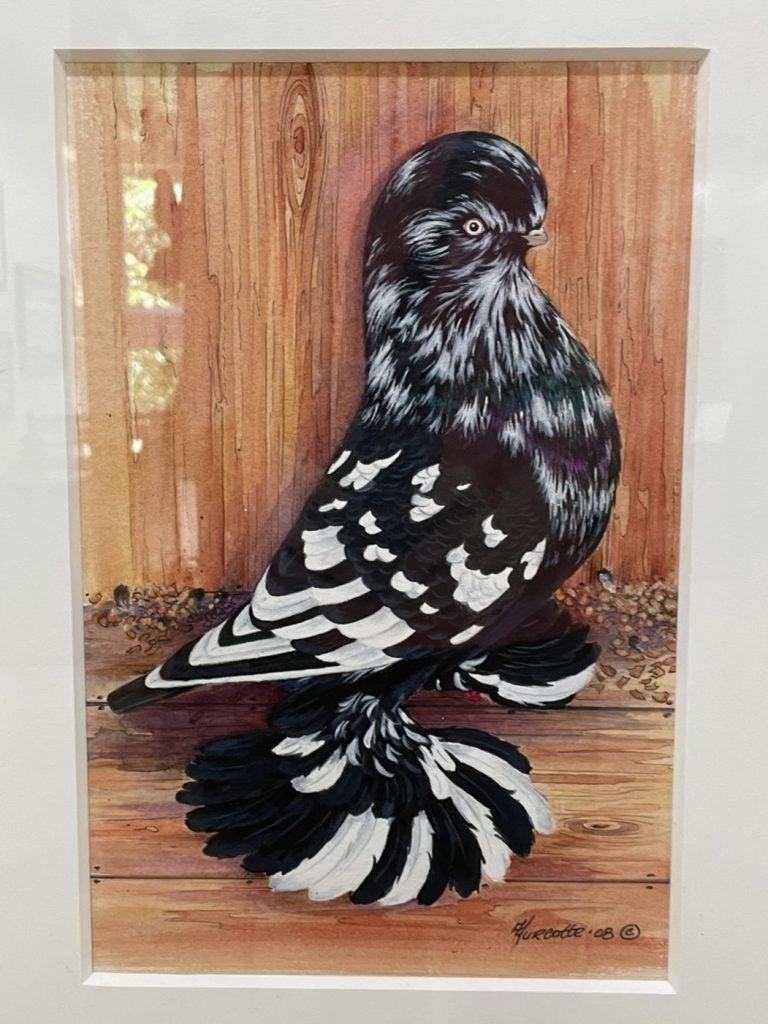
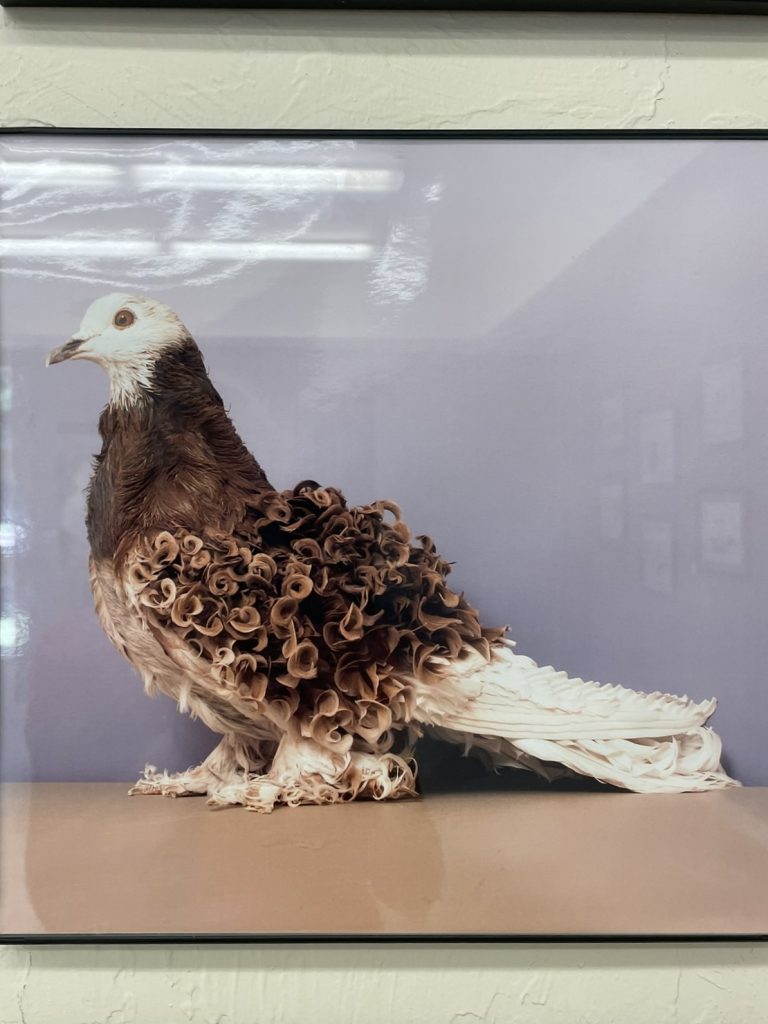
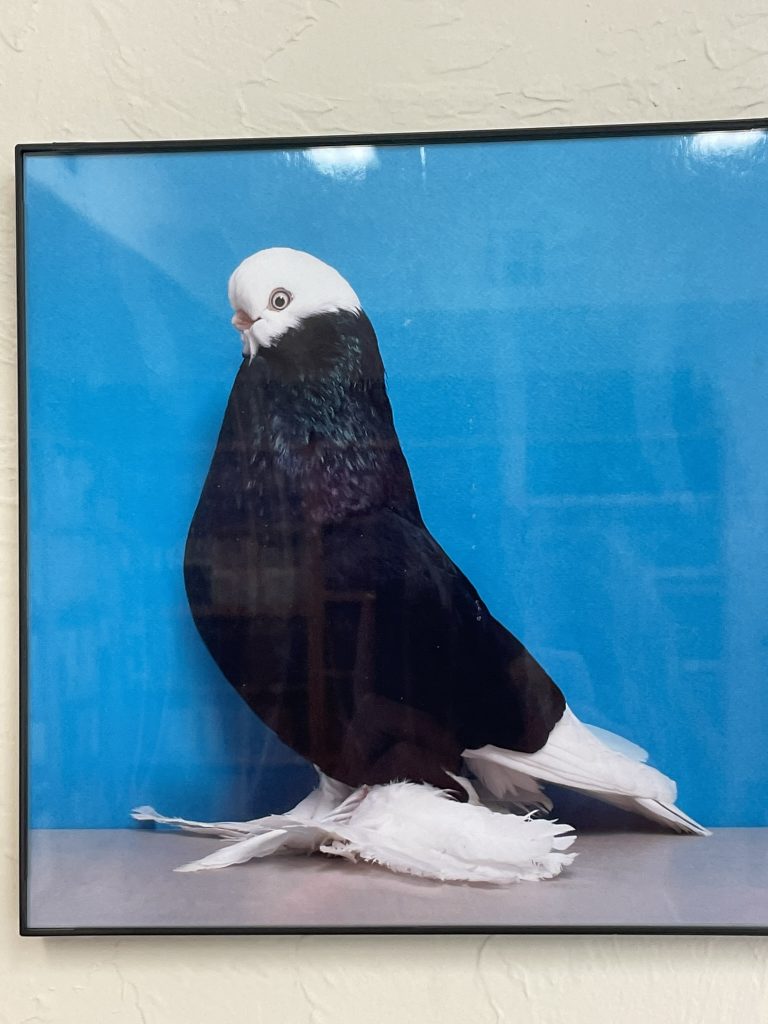
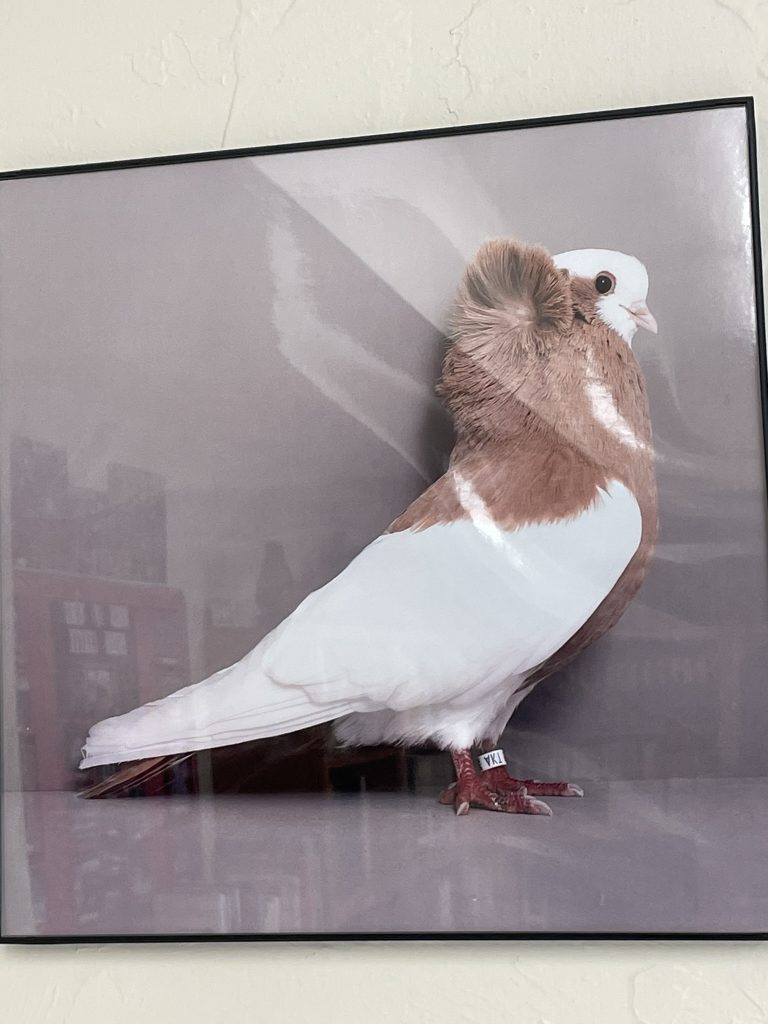





One thought on “Quick Stops Around Oklahoma City”